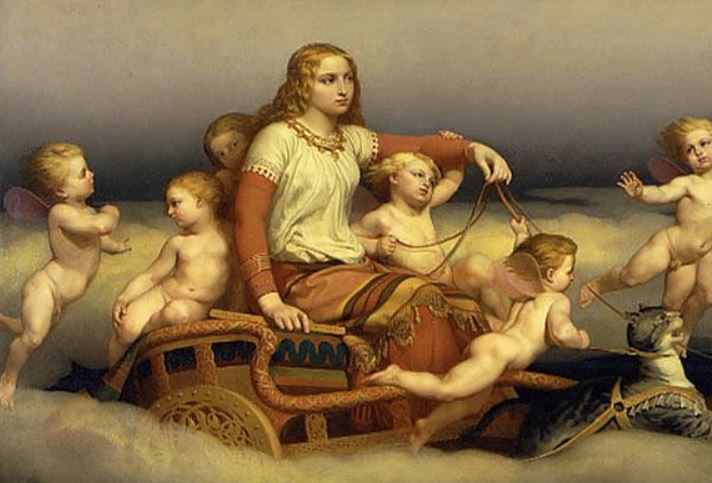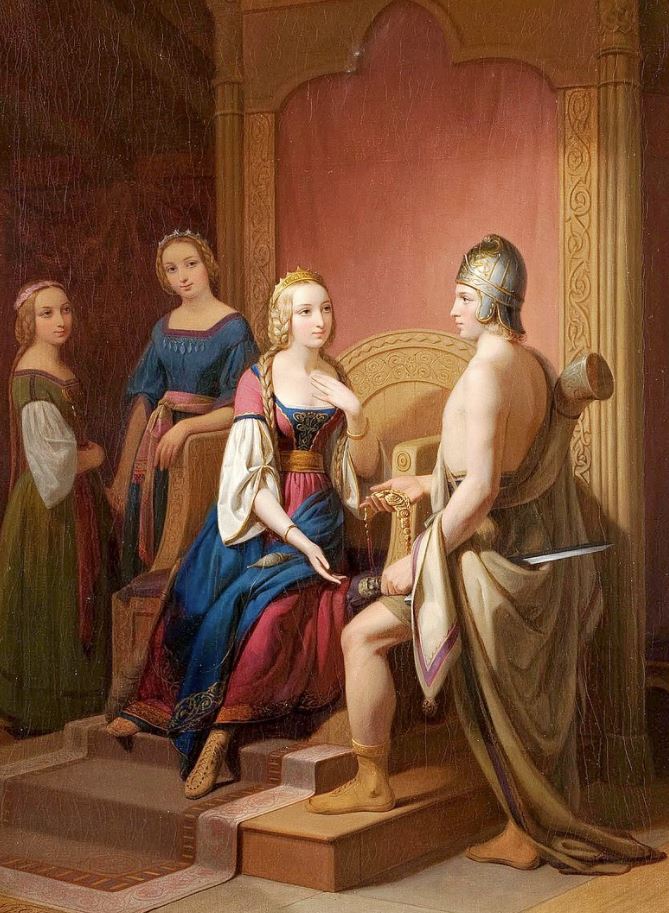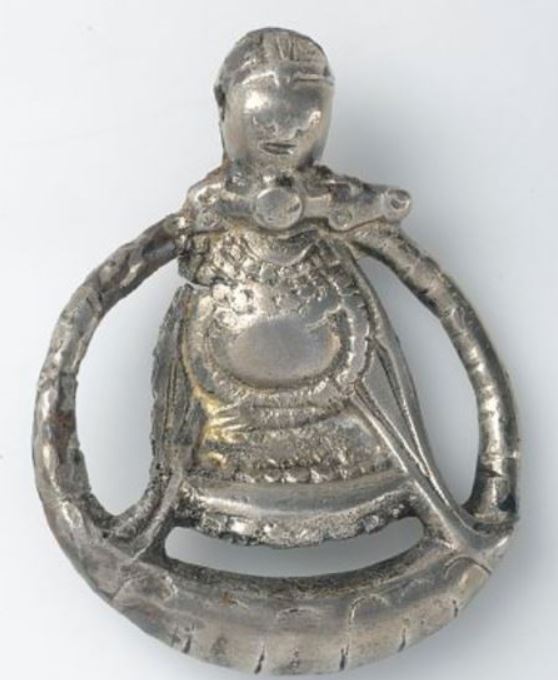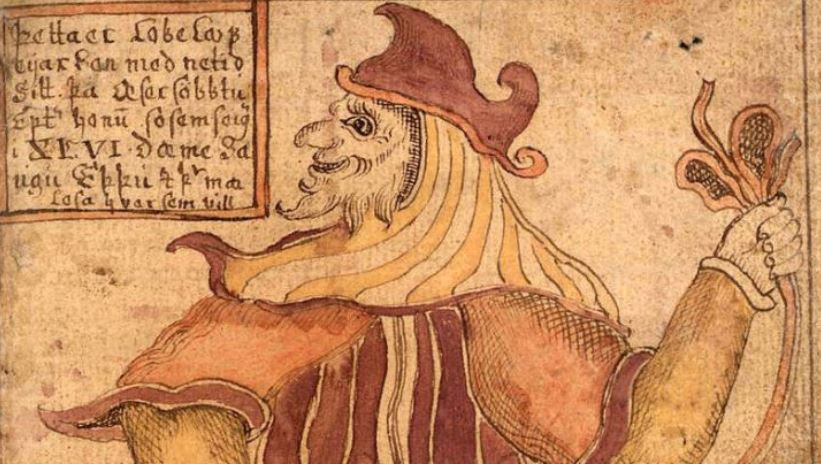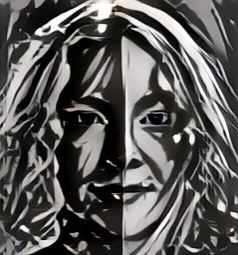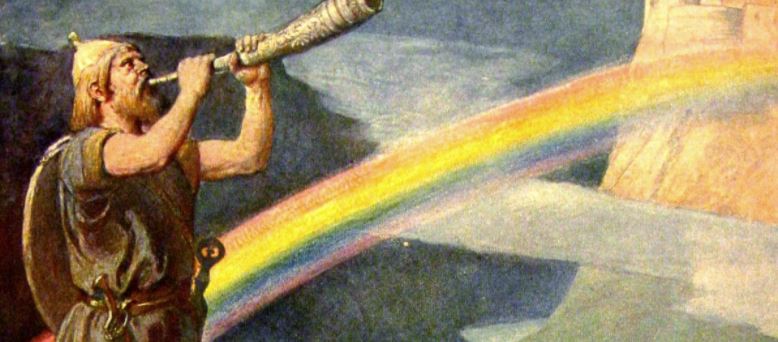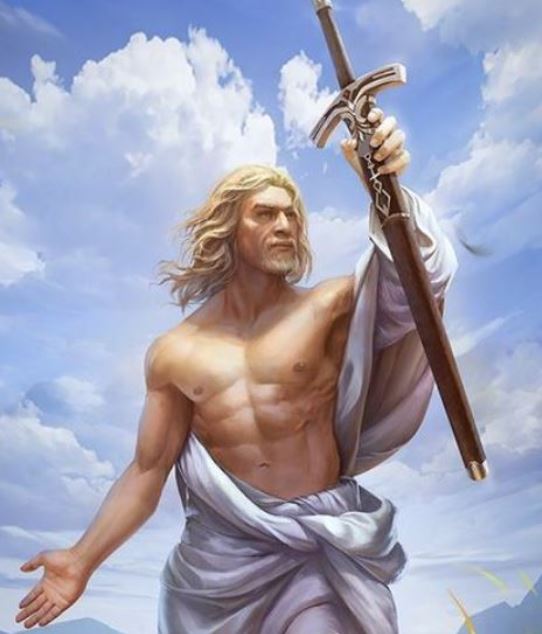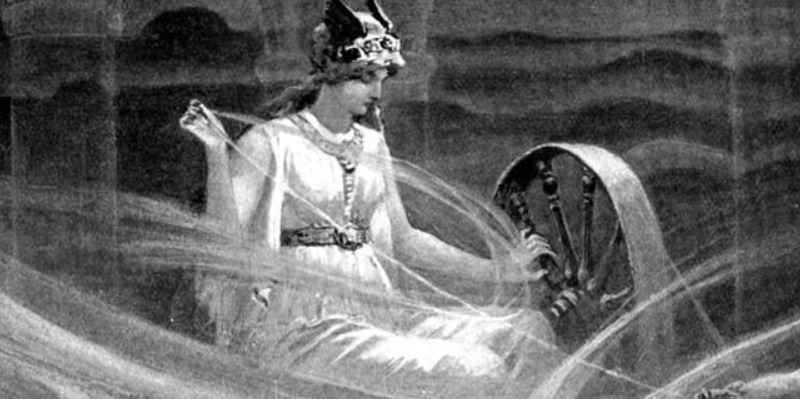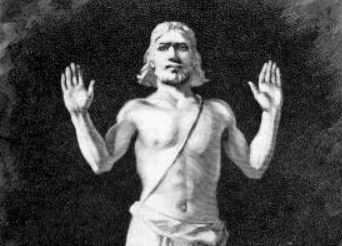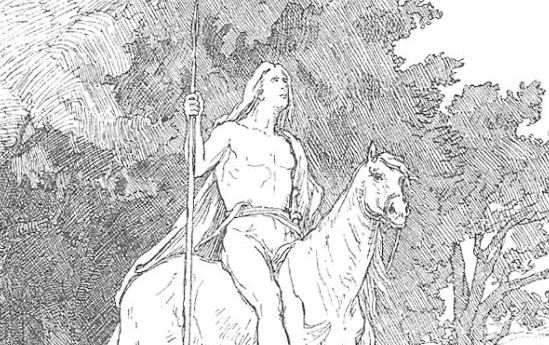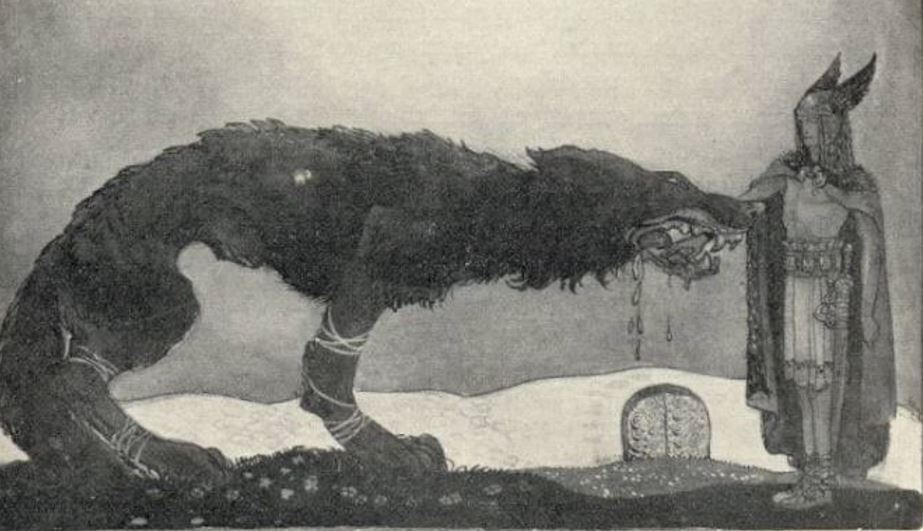The Norse Goddess Freya of Love and War
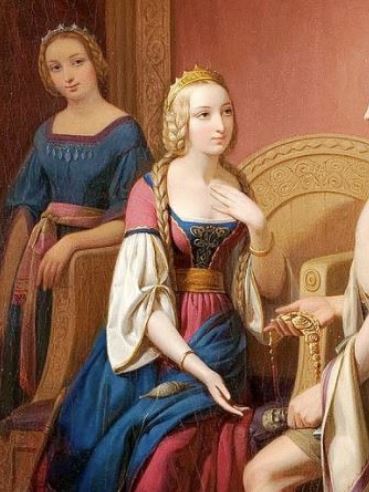
In Norse mythology, there were some gods and goddesses that were considered more powerful and important than others.
Names such as Odin or Thor are pretty much known nowadays, but the Norse goddess Freya was one of the most important deities in this religion and one of the most powerful too.
Let us discover why!
What is Freya the goddess of?
Freya is the Norse goddess of love and war, sexuality, beauty, and fertility.
In addition, she is associated with precious objects and possessions, like jewels. Also, the Norse goddess Freya is associated too with the Afterlife, and she is presiding over the Norse afterworld called Folkvang.
One of the most important associations given to the Freya goddess of love is with the seidr, the most important form of magic for ancient Norse people.
Seidr was the art of foreseeing and even changing the course of Fate.
Since Fate was considered to be the strongest force in the Universe, the one that neither the gods could overcome, a seidr practitioner, usually called volva, was thought to be incredibly powerful, and as such was venerated, respected, and feared.
The Norse goddess Freya was the divine volva, the one thought to have brought seidr to both humans and gods. Therefore, she occupied a role of great importance in the Norse pantheon.
The Norse goddess Freya: Origin of her Name
In Old Norse, the name of Norse goddess Freya comes from the word “freyja” which means “lady” or “mistress”.
As a theonym, therefore, “Freya” appears to be an epithet rather than a true personal name.
This peculiar circumstance can be explained by the fact that the figure of Freya seems to have stemmed from that of a more ancient Germanic deity called Frija.
The latter, according to this theory, at a certain point in time would have been split into the two divinities Freya and Frigg: the first would have been named after one of Frija’a attributes, while the second would have inherited the name of Frija itself.
A piece of Freya goddess art interpreted by a Renancentist artist
History of the Norse goddess Freya and Most Important Myths Related to Her
Freya goddess of love belonged to the Vanir tribe of gods but, after the war between these and the Aesirs, she passed to the latter as an honorary member.
The Norse goddess Freya was said to be the daughter of Njord, a god associated with wealth and with the sea.
Her mother could have been Nerthus, a Germanic deity who seems to have passed to the Norse pantheon, but the sources are not clear on this point. She had a brother, Freyr, and a husband, Odr.
The latter, it seems, was none other than Odin: their names, in fact, would have basically the same meaning, and the sources do not provide any description of Odr which might distinguish him from Odin.
Besides, since the Norse goddess Freya is said to be crying tears of gold because of the absence of Odr, it can be inferred that Odr was a wanderer, just like Odin.
This element corroborates the theory according to which Freya and Frigg, who was the wife of Odin, originated from the same Germanic divinity Frija, who also was married to the king of the Germanic gods Wodanaz, whose link with Odin seems clear.
As the goddess of love and sex, Freya was said to have been unfaithful to her husband. In an Eddic poem, the norse god of mischief Loki accuses the Norse goddess Freya to have had relations with all the gods, her brother included, and all the elves, who were other entities of divine character in Norse mythology.
Once again, she shared this accusation with Frigg. Indeed, there are other myths, also, focusing on the Norse goddess Freya’s lust. In one of them, she was said to have gained one of her most precious ornaments, the Brisingamen which was the mythical goddess Freya necklace, sleeping in turn with four dwarves.
A Renacentist picture of Freya the Viking goddess with Heimdall
Anyway, in one of the most famous myths featuring her, she refuses in anger to be given as a spouse to the giant Thrym. Let’s see this myth in detail.
Freya goddess of love and Loki Help Thor to Have His Hammer Back
One day, Thor woke up and noticed that his hammer had disappeared. He then asked the Norse goddess Freya to lent him and Loki her hawk feathers, by which they could turn into hawks and go searching for the hammer.
They located the giant Thrym, and Loki interrogated him about Thor’s weapon. He admitted he had stolen it, and said that he would have given it back to Thor in exchange for Freya goddess of love, who he wanted as his bride.
The goddess Freya angrily refused, so the gods decided to devise another plan: Thor would have worn bridal clothes and Freya’s most distinctive jewel, the Brisingamen, and gone to Thrym as his spouse. Once the hammer had been brought to his presence he would have given up his disguise and took vengeance on his enemies.
Thor was reluctant to this initial plan, but in the end, he agreed. During the nuptial banquet, Thor risked to be discovered two times, once for his huge appetite and once for his fierce eyes, but Loki tricked Thrym into believing that both were due to Freya’s longing for him, which had not allowed her to eat or sleep during the past days.
At last, the hammer was brought to the spouses to hallow their marriage. Thor could therefore take it and use it to slay Thrym before returning to Asgard.
Norse goddess Freya powers
As the goddess of seidr, Freya was thought to have the power to influence the lives of people and gods. She was therefore one of the most powerful deities.
Besides, as we have seen in the myth told above, she owned some hawk feathers which allowed their owner to transform into this animal.
It is noteworthy that also Frigg was said to possess such feathers.
Freya Goddess symbols and their meaning
One of the Norse goddess Freya’s main symbols was her most renowned jewel, the Brisingamen. Let’s see what could be its meaning.
Freya Norse Goddess symbol: The Brisingamen
The Brisingamen would have been a necklace made of some precious material.
It seems that the Brisingamen was so tightly associated with the Norse goddess of love Freya that it might have been a symbol of her power, just as the hammer was a symbol of Thor’s role as protector of the gods.
Freya goddess necklace: the Brisingamen
Additional Freya goddess Facts
In the introduction, we have said that the Viking goddess Freya was thought to preside over the Folkvang, one of the Norse afterworlds.
Indeed, it was told that the Norse goddess Freya was allowed to take half of the warriors perished in battle into her realm, the other half following Odin into the Valhalla.
This fact underlines one of the lesser-known traits of Freya, i.e. her role as a war goddess. As such, she would have been associated with one of the most popular figures in Norse folklore: the valkyrie, a female entity in charge of choosing those who will die in battle.

